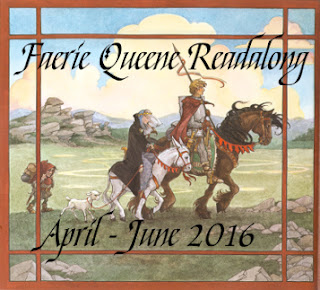Our somewhat diminished group was to spend the last day of the trip at Hallstatt, which is a small town situated on another incredible Alpine lake somewhat farther into Austria. On the way, we stopped at Mondsee and Wolfgangsee for leg-stretching, sightseeing, and lunch. St. Wolfgang is, in particular, an extremely picturesque town filled with narrow, winding streets and medieval buildings. There was even a shop that sold lebkuchen year-round, to the delight of one of our company, and to mine too.
 |
| Mondsee |
 |
| Uncooperative swan |
 |
| Wolfgangsee |
 |
| Town of St. Wolfgang; a terrible photo but it was extremely picturesque |
The name Hallstatt rang a bell, but I hadn't really thought about it at all until Felix explained. Of course -- the Hallstatt culture! Back in the Bronze Age, Hallstatt was a center of this proto-Celtic culture. And the reason for the spot's importance is that there is a large salt mine in the mountain above the lake, which has been continually worked for a good 7000 years. We were going to visit the salt mine. Yippee!
 |
The town and lake of Hallstatt
 | | Walking to the funicular, which you can see ahead |
|
 |
Stream flowing into the lake. There is just so much WATER
everywhere! And this lake is a good quarter-mile deep. |
The lake and mountains are amazingly beautiful; our guide said that the scientist von Humboldt thought it the most beautiful lake in the world, and I can see why. There is a funicular railway going up the mountain -- so steep that it's more like an elevator than a train! At the top, there is a trail leading further up the mountain, so you hike up and little stations give information about the history of the place, both ancient and relatively modern. The view is, of course, fantastic.
 |
| The patron saint of miners |
 |
| another mystery wildflower |
 |
| view from the entrance of the mine tour |
The salt mine tour is really neat. They make you put on protective coat and trousers, and you walk in through a very long tunnel to get to some interesting cave 'rooms.' There are two miner slides*, and some archaeological finds of Bronze Age items (a sandal, some woven cloth, and ....ta da! an entire staircase of logs). To get out, you ride a sort of train. It was a great tour, and the whole day was just really neat.
 |
| Our guide was so cute, and funny |
 |
| A miner's slide (looking down) |
 |
| Cavern once used for dissolving salt out of crushed rock |
 |
| It's dark in a cave; hard to take decent pictures. |
 |
| Neolithic staircase! Behind a screen |
 |
| The train out |
 |
| Walking back down to the funicular |
 |
| Goodbye Hallstatt! Goodbye Austria! |
Sadly, it was time to pack up and get ready for the flight home. Everybody had to get special supervised Covid tests in order to enter the US, which was a madhouse, and a couple of people tested positive. Other folks, like my mom, were just having colds. The travel day back was pretty miserable for her; our plane was 4 hours late and we spent a lot of time sitting around the airport before the long flight back. I did the driving back home, and woke up sick the very next day, and that lasted a whole week. A small price to pay for such a terrific trip!
-------------------------------------------------------------------------
* You go down two at a time on the miner's slide. They take a photo on the longer one, and record your speed, too. I was paired up with our guide Felix, and I bought the photo (6 euros, not bad) because it's hilarious; he's stoic and I look completely freaked out, even though I was having a great time. We hit over 29 km/hr, which feels pretty fast on a slide! Our guide must have had special slippery trousers with her old-school mining uniform, because she went about twice as fast as anybody else.


































What an amazing trip you had Jean. Thanks for sharing and allowing us to travel vicariously :-)
ReplyDeleteHope you're feeling better now.